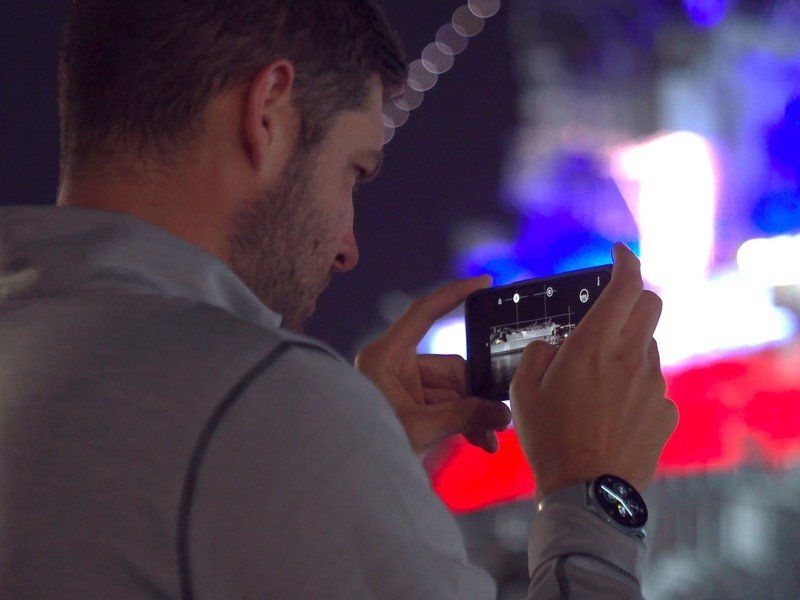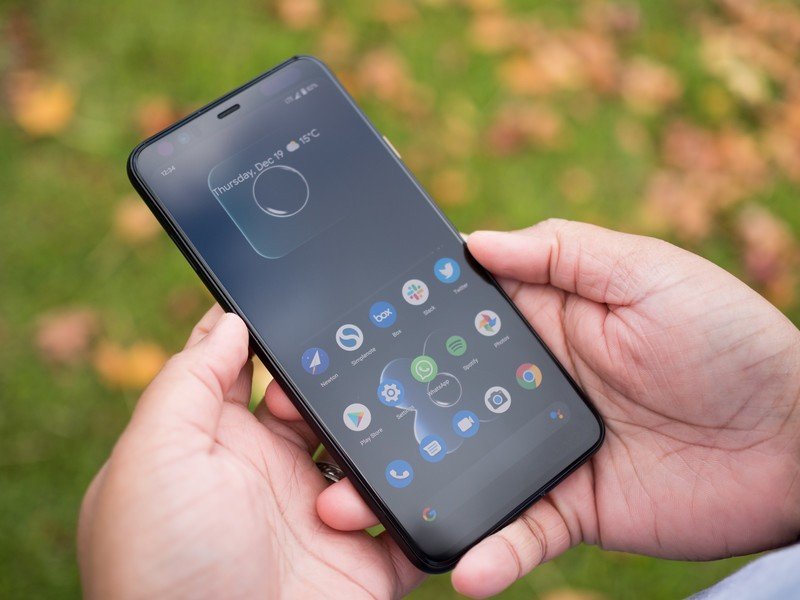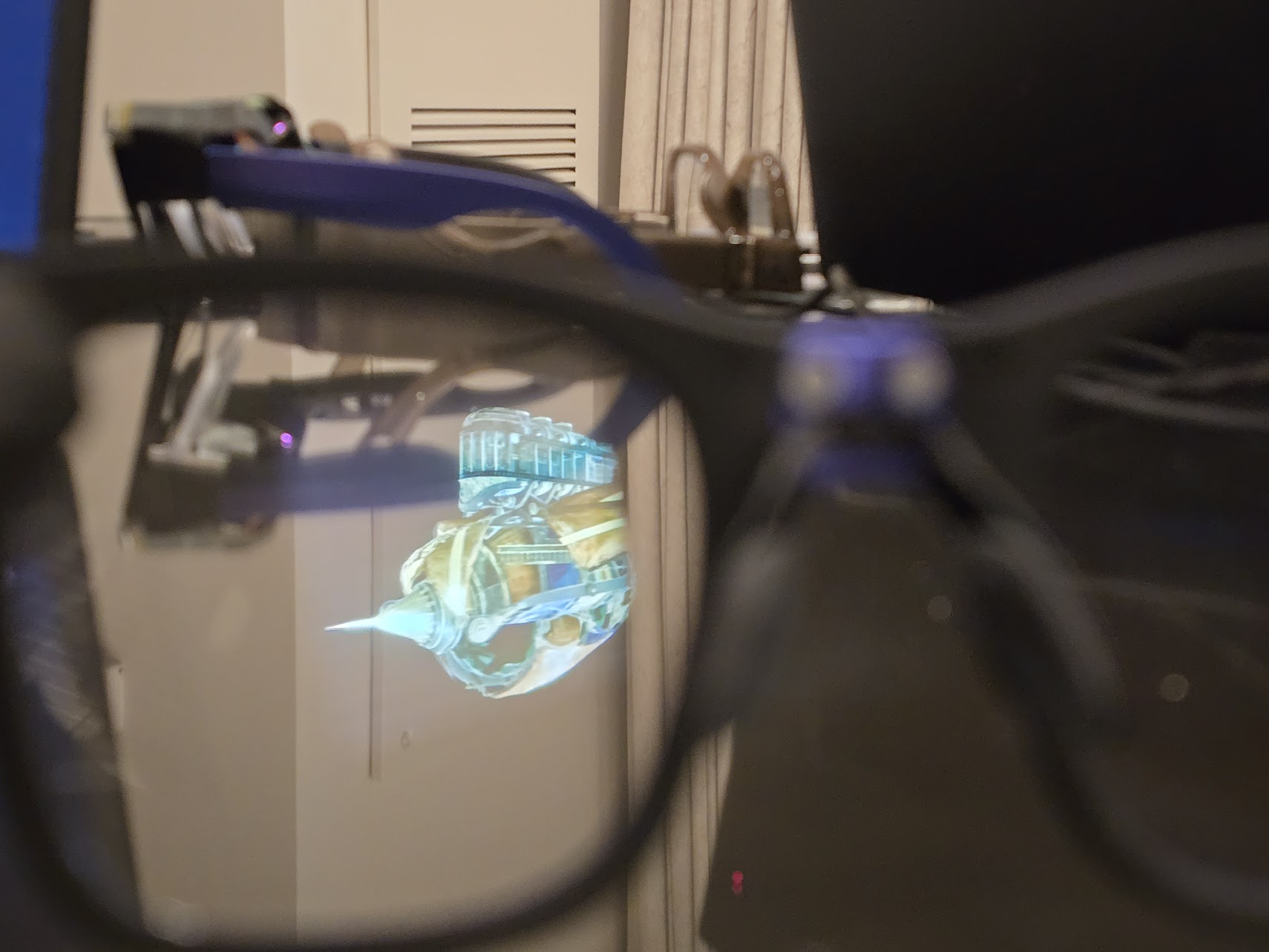Remembering the Google Pixel 4

After a few generations of hit-and-miss Google phones, Android fans had big hopes for the fourth-generation Pixels. Topping wishlists were features that had eluded previous Pixels, like multiple rear cameras and strong, all-day battery life. In the summer of 2019, a tidal wave of leaks helped prepare the ground for the Pixel 4, with many of its major spec points becoming known months ahead of time. Would this be the year Google finally nailed it and produced the best Android phones?
Well, no.
In October 2019, the Pixel pattern continued: The Pixel 4 and Pixel 4 XL brought excellent new Google features like astrophotography mode and the brand new Assistant — and even live audio transcription supported in every app. Yet with those high-level advancements came more weird hardware compromises.
Motion Sense, a make-or-break feature for the Pixel 4, ultimately flopped.
The fourth-gen Pixels carried over the Pixel 3's battery issues, with small cell sizes compared to the competition, while also lagging behind rivals in terms of charging speeds and storage capacities. Meanwhile, the phones' screens managed neither the fluidity of OnePlus's 90Hz displays nor the brightness of Samsung's top-end 60Hz panels. Valuable internal real estate and hardware budget were also taken up with the gimmicky Motion Sense feature, formerly known as Project Soli. (Soli's front-facing sensor array was housed up in the Pixel 4's sizeable top bezel.)
Motion Sense was another one of those uniquely Google features, originally developed by ATAP, Google's Advanced Technology and Projects group. Motion Sense used radar to detect gestures at a distance, while also enabling secure face unlock on the first Pixel phones to omit a rear fingerprint scanner. In the run-up to launch, Google watchers were poring over all the impressive Motion Sense demos we'd seen from previous presentations.
The disappointing reality of Motion Sense is that it made for a good party trick but otherwise was mostly useless. The feature could be used to pause music, skip ahead, and dismiss alarms, but any other functionality was threadbare. It worked in a handful of apps, and worked unreliably at that. This hardware decision had huge consequences for the design of the phone, the other hardware which could fit inside it, and perhaps most importantly of all, the countries in which it could be sold. (Because it uses radar, there are strict regulatory requirements in some regions.)
Even if Motion Sense worked perfectly and was seamlessly integrated into all major Android apps, that'd still be an enormous trade-off. As it turned out, the feature was buggy, poorly supported, and largely ignored by third-party developers.
Get the latest news from Android Central, your trusted companion in the world of Android
Battery life, though, was the Achilles heel for these phones. During my time with the Pixel 4, I experienced the worst longevity I'd seen in any flagship Android phone. During a short trip carrying both the Pixel 4 and a Huawei Mate 30 Pro, I'd find both discharged at the same rate despite the Mate being actively used and the Pixel mostly idling in my pocket.
And I wasn't the only one disappointed by the phone's battery life. Google hardware boss Rick Osterloh was reportedly unimpressed with, among other things, the Pixel 4's battery power.

The Pixel's camera hardware was starting to show its age.
The Pixel's camera hardware was also starting to look long in the tooth next to more exotic photographic hardware from the likes of Samsung and Huawei. In the spring of 2019, the Chinese firm had introduced its first 5X periscope telephoto camera in the Huawei P30 Pro, while also boasting a supersized 40-megapixel main camera with a unique subpixel pattern to capture more light than ever. Meanwhile, Google was continuing to rely on software processing to prop up camera hardware that had remained largely unchanged since the Pixel 2, with the only hardware upgrade in the fourth-gen Pixels being the addition of a 2X telephoto camera.
The first few generations of Pixel handsets, despite their unique strengths, had always been in some way flawed, and those flaws were often rooted in hardware basics. The first Pixels? No water resistance and an anemic 32GB of base storage. Second-gen? Giant bezels on the Pixel 2 and a lousy screen for the 2 XL. Pixel 3? Memory management issues that persisted throughout the life of the phone, especially on the XL, and dismal battery life in the smaller model.








Google got the icing right but frequently botched the cake.
It comes down to the question of the fundamentals versus the extras — the icing versus the cake. Google has always gotten the icing right, and the Pixel 4, like its predecessors, offered some tasty icing: Performant cameras, pleasing software, impressive voice recognition, and the genuinely useful Assistant.
But the underlying cake was half-baked. Whether it was the low amount of storage and RAM, or the battery life, or the compromises required for Motion Sense, or the lack of an ultrawide camera, or the slow wired charging, the foundations of the Pixel 4 just weren't as solid as they should've been.

And while Google was floundering getting the basics right, rivals including Apple, Samsung, and Huawei were chipping away at its lead in important differentiating areas like computational photography.
The Pixel 4 launched to mixed reviews and disappointing sales — just 2 million in six months — and by early 2020, Pixel General Manager Mario Queiroz and camera lead Marc Levoy had parted company with Google, leading to a soft reset of the Pixel series.
A very different Pixel 5 followed in late 2020, coinciding with economic and social upheaval caused by Covid-19. Google's 2020 device line-up would consist of simple phones for complicated times, with much more modest ambitions and lower price tags. After the failed moonshot of the Pixel 4, fans would have to wait another two years for the next true flagship Pixel.

Alex was with Android Central for over a decade, producing written and video content for the site, and served as global Executive Editor from 2016 to 2022.

